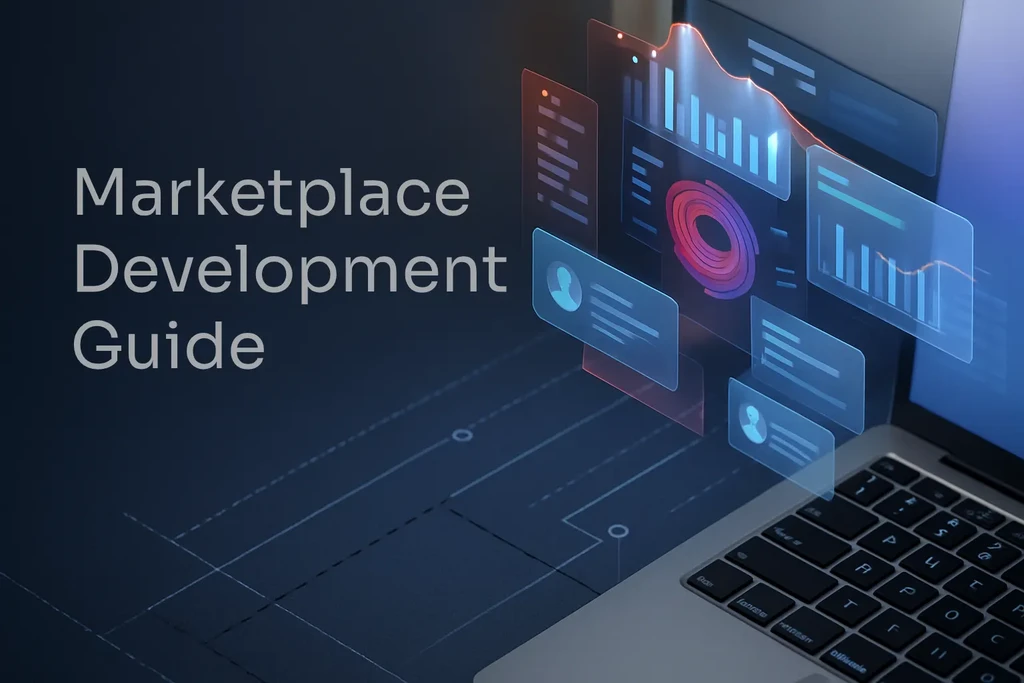Ulan Blog
Search by category
Mon, May 12
Marketplace Payments Integration Guide: Challenges and Solutions
Learn how to integrate marketplace payments with most popular payment gateways solutions like Stripe, Adyen, or PayPal. This guide covers common challenges, KYC compliance, multi-seller flows, and UX pitfalls.
Thu, May 8
15 Ways to Test Product-Market Fit
Discover 15 techniques to test product-market fit before building. Validate demand, pricing, and traction for your startup or marketplace idea fast.
Wed, May 7
How to Validate Marketplace Idea Before You Build?
Learn how to validate your marketplace idea step by step. Discover proven tactics to test demand, build an MVP, and confirm product-market fit before you invest in development.
Tue, May 6
EAA Compliance Requirements and Best Practices
Learn what EAA compliance means for your digital platform. See key requirements, best practices, and a checklist to prepare for the 2025 EU deadline.
Sat, May 3
What Is P2P (Peer-to-Peer) Marketplace and How Does It Work?
What is a P2P marketplace? Explore peer-to-peer platforms like Airbnb and eBay changed the way we buy, sell, and share, enabling share economy.
Wed, Apr 30
How to Monetize a Service Marketplace: Top Revenue Models Explained
Struggling to choose a revenue model for your service marketplace? Learn how 15 global marketplace giants monetize and find the right strategy to grow yours!
Wed, Apr 30
Service Marketplace Development: Everything You Need to Know
Building a service marketplace? Here’s the practical 2025 guide founders and product teams actually need: real examples, expert advice, and what most platforms get wrong.
Tue, Apr 15
Build Custom Marketplace Software or Use Sharetribe? - an Ultimate Comparison
Compare building a custom marketplace vs using Sharetribe. Explore costs, scale, features, and long-term ROI—based on expert insight and real user feedback.
Mon, Apr 14
Marketplace Software Architecture Trends in 2025
Building or scaling a marketplace in 2025? Discover the latest marketplace software architecture trends—headless, composable, serverless, and AI-ready.








